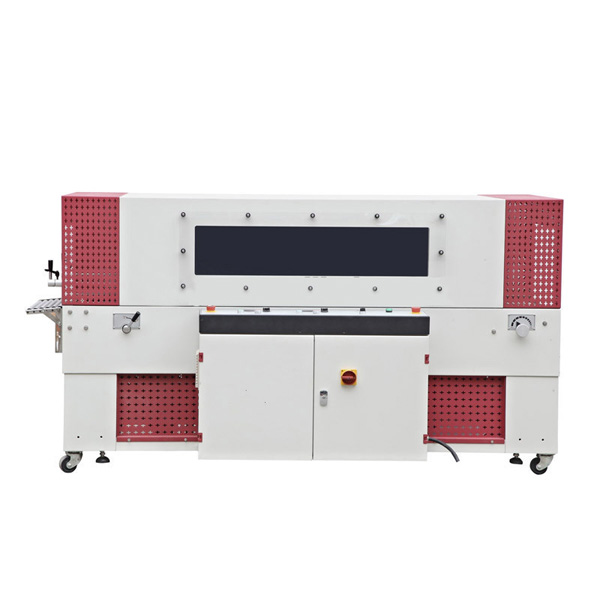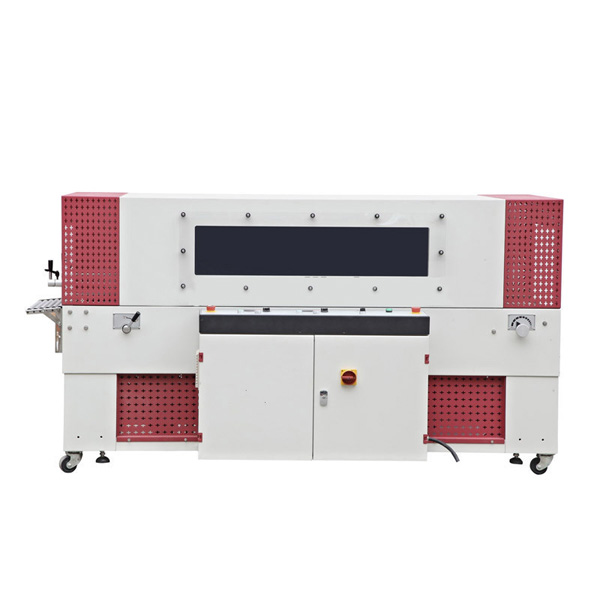Introduction
A Shrink Tunnel Machine, also known as a "mole," is a specialized piece of equipment used to excavate tunnels with a circular cross-section through a variety of soil and rock strata. Shrink Tunnel Machines are widely used in the construction of tunnels for transportation systems, water supply, sewage, and other infrastructure projects. They offer significant advantages over traditional drilling and blasting methods, including higher safety, reduced environmental impact, and faster excavation rates.
Cutterhead: The rotating front section of the Shrink Tunnel Machine, equipped with cutting tools (disc cutters or roller cutters) that break up the soil or rock.
Shield: A protective structure that supports the tunnel walls and provides a safe working environment for the crew.
Thrust System: Hydraulic jacks that push the Shrink Tunnel Machine forward as excavation progresses.
Conveyor System: Removes excavated material (muck) from the tunnel face to the rear of the machine for disposal.
Segment Erector: Installs pre-cast concrete segments to form the tunnel lining.
Tail Shield: Protects the area where the tunnel lining is being installed.
Control Room: Houses the operator and control systems for monitoring and managing the TBM's operations.
Shrink Tunnel Machines are categorized based on the ground conditions they are designed to handle:
Earth Pressure Balance Machine (EPBM): Suitable for soft ground with high water pressure. The EPBM maintains pressure at the tunnel face to prevent ground collapse.
Slurry Shield Machine: Used in unstable ground conditions, particularly where there is a high water table. The machine uses a slurry to stabilize the tunnel face and transport excavated material.
Hard Rock Shrink Tunnel Machine: Designed for excavating through solid rock. These machines typically use disc cutters to break the rock.
Dual-Mode Shrink Tunnel Machine: Capable of operating in both soft ground and hard rock conditions, making them versatile for projects with varying geology.
Advantages of Shrink Tunnel Machines
Safety: Reduces the risk of accidents compared to traditional blasting methods.
Efficiency: Faster excavation rates and continuous operation.
Precision: Produces a smooth tunnel wall, reducing the need for additional lining.
Environmental Impact: Minimizes surface disruption and noise pollution.
Applications
Transportation Tunnels: Subways, railways, and road tunnels.
Water and Sewage Tunnels: For water supply, drainage, and wastewater management.
Utility Tunnels: For housing electrical cables, communication lines, and other utilities.
Mining: Access tunnels and ventilation shafts.
Conclusion
Shrink Tunnel Machines are a critical technology in modern tunnel construction, offering a safe, efficient, and environmentally friendly solution for creating underground passages. As infrastructure demands continue to grow, Shrink Tunnel Machines will play an increasingly important role in shaping the future of urban development and transportation.




